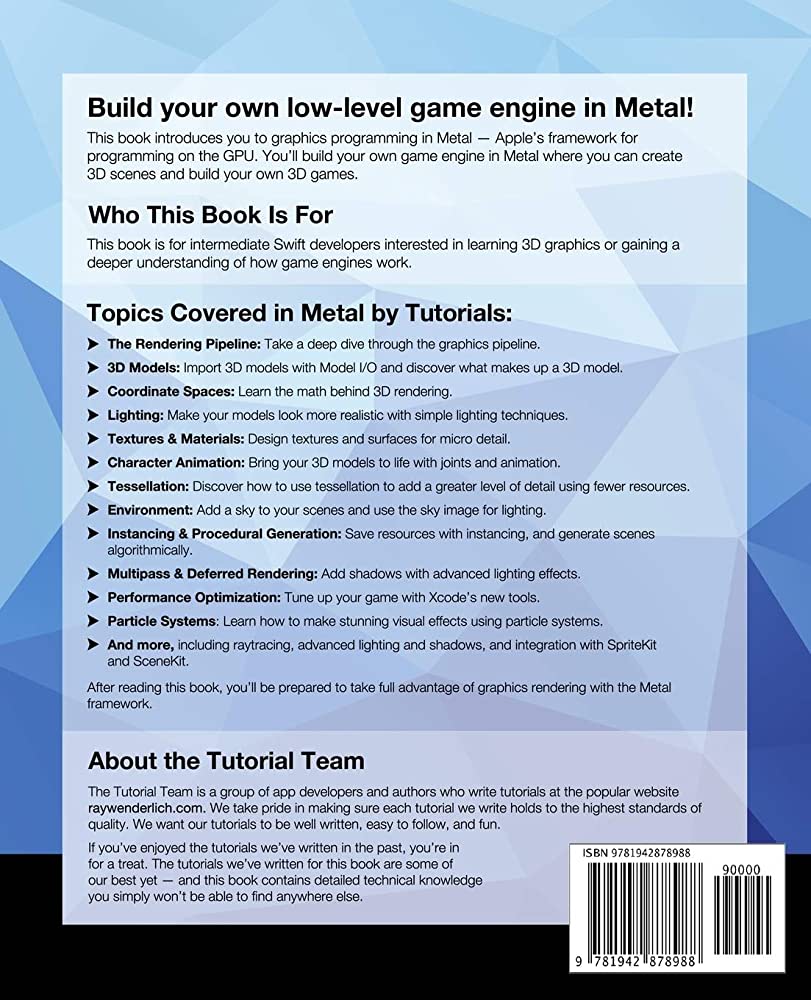Game development involves various disciplines, including programming, design and art, with 3D modeling and texturing being integral aspects. 3D modeling refers to creating a three-dimensional representation of an object or scene, while texturing involves applying a 2D image onto a 3D object for a more realistic appearance. These aspects create characters, environments and objects in the game world which make it more interactive and engaging. However, game artists face several challenges, such as optimizing objects for real-time rendering, creating high-quality and memory-optimized textures, and having knowledge of programming, design and technical requirements of game development. Despite these challenges, game artists continue to showcase their artistic creativity in game development.
A Deep Dive into 3D Modeling and Texturing in Game Development
Game development is a complex and exciting process that combines various disciplines, including programming, design, and art. In this article, we will take a closer look at one specific aspect of game development: 3D modeling and texturing.
What is 3D Modeling
3D modeling is the process of creating a three-dimensional representation of an object or a scene. In the context of game development, 3D modeling is used to create the characters, objects, and environments that make up the game world.
In order to create a 3D model, the game artist uses specialized software, such as 3ds Max, Maya, or Blender. These programs allow the artist to manipulate vertices, edges, and faces in a virtual 3D space, creating the shape of the object.
Once the basic shape of the object is created, the artist can add more detail, such as textures and lighting effects, to make the object look more realistic and visually appealing.
What is Texturing
Texturing is the process of applying a 2D image, called a texture, onto a 3D object to give it a more detailed and realistic appearance.
Textures can be created in a variety of ways, including scanning real-world objects, painting them by hand, or generating them using a computer program.
Once a texture has been created, it can be applied to a 3D model in a process called UV mapping. In this process, the artist assigns a 2D space on the texture to each surface of the 3D model.
Texturing is a key part of game development, as it allows game artists to create visually stunning and immersive game worlds.
The Role of 3D Modeling and Texturing in Game Development
3D modeling and texturing play a critical role in game development, as they are used to create the characters, environments, and objects that make up the game world.
Without 3D modeling, game developers would have to rely on 2D sprites and images to create game objects, which would limit the level of detail and interactivity that could be achieved.
Similarly, without texturing, game objects would look flat and unrealistic, which would detract from the immersive experience of the game world.
In combination with other game development disciplines, such as programming and design, 3D modeling and texturing allow game developers to create games that are visually stunning and engaging for players.
Challenges in 3D Modeling and Texturing
While 3D modeling and texturing can produce visually stunning game environments, there are several challenges that game artists face when working on these tasks.
One of the main challenges is creating objects that are optimized for real-time rendering. In order for game environments to run smoothly on players’ devices, objects must have a limited number of polygons and be optimized for efficient rendering.
Another challenge is creating textures that are high-quality and realistic, while also being optimized for memory usage. Game artists must balance the desire for high-quality textures with the need to keep game files small and fast-loading.
Finally, game artists must have a deep understanding of the technical requirements of game development, including graphics engines and hardware limitations. This requires knowledge of programming and design, in addition to artistic skills.
Conclusion
3D modeling and texturing are critical parts of the game development process, allowing developers to create visually stunning and immersive game environments. While these tasks present several challenges, including optimization and technical requirements, game artists continue to push the boundaries of what is possible in game development.
